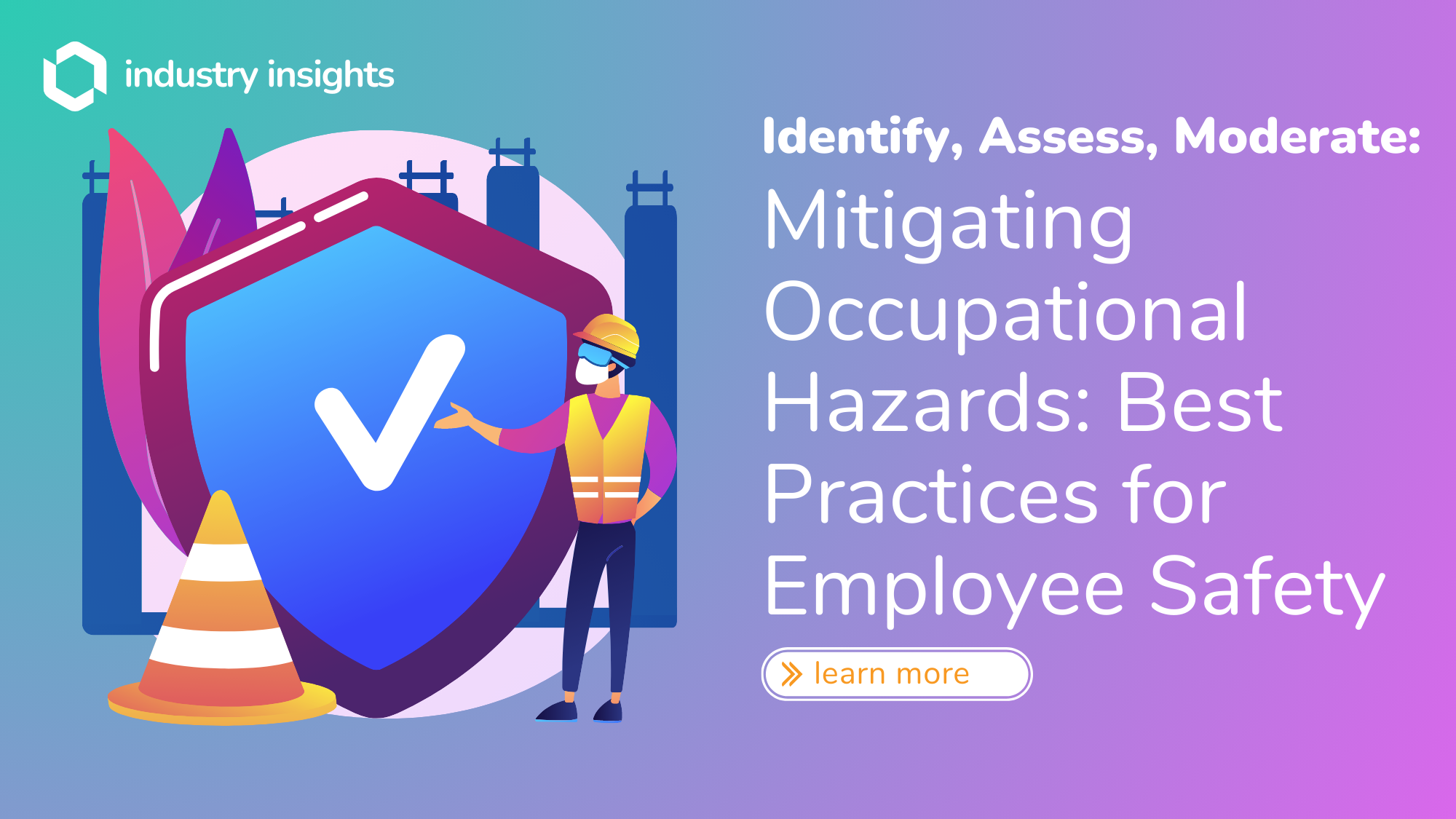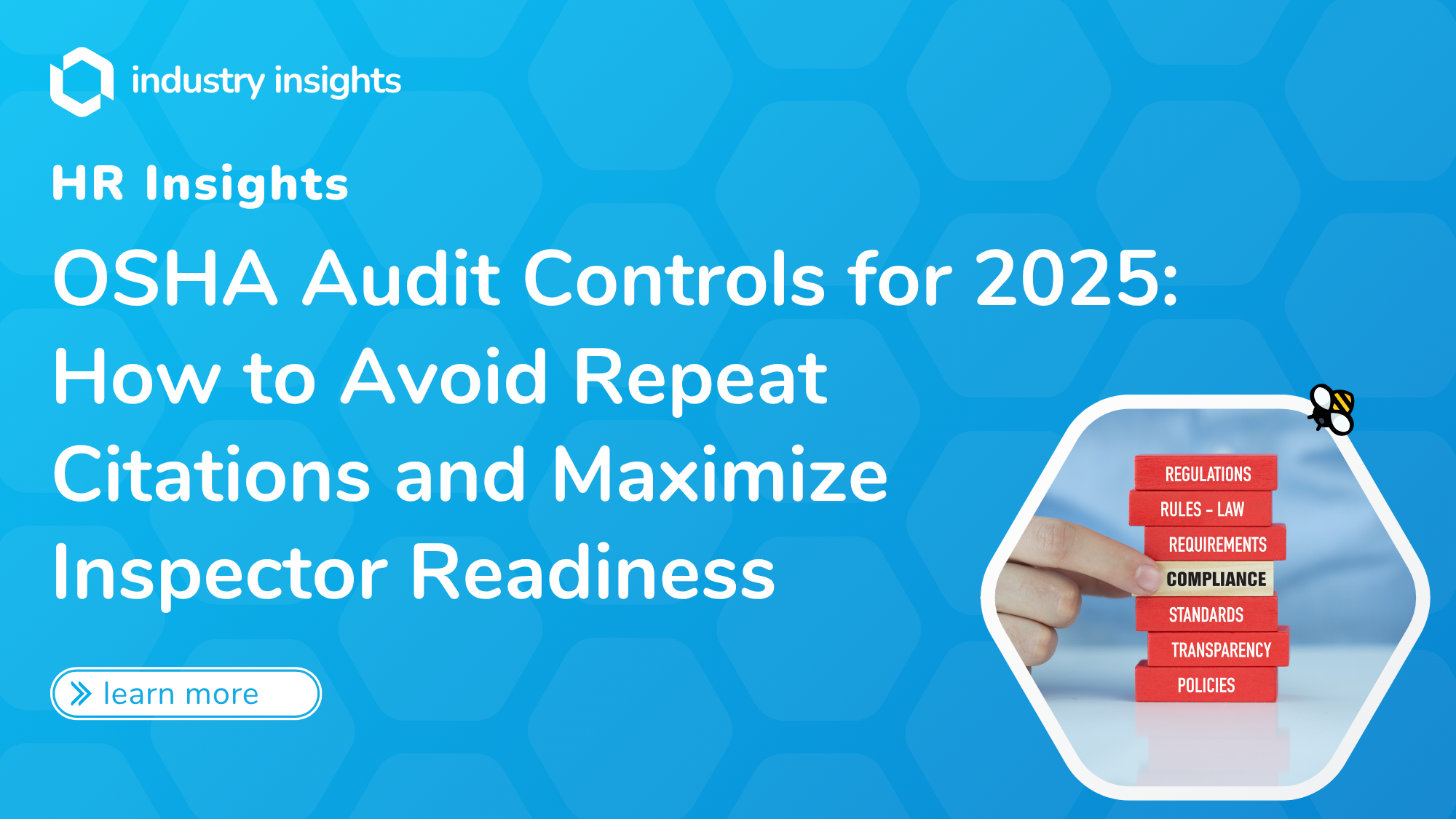Ensuring the safety of employees in the workplace is a top priority for employers across industries. Occupational hazards pose risks that can impact employee well-being, productivity, and overall organizational success. By implementing effective safety measures and best practices, employers can mitigate these hazards and create a secure work environment. In this article, we will explore the importance of mitigating occupational hazards, highlight best practices for employee safety, and emphasize how BlueHive can support employers in their safety initiatives.
Understanding Occupational Hazards:
Occupational hazards encompass a wide range of risks that employees may encounter in their work environment. These hazards can include physical hazards (e.g., slips, trips, falls), chemical exposures, ergonomic challenges, biological agents, and psychosocial factors. Identifying and addressing these hazards is essential to safeguard the well-being of employees.
Best Practices for Employee Safety:
Risk Assessment: Conduct regular assessments to identify potential hazards in the workplace. This includes analyzing job tasks, equipment, and work processes. Engage employees in the risk assessment process to gain their insights and increase their safety awareness.
Safety Training and Education: Provide comprehensive training programs to educate employees on occupational hazards, safety protocols, and proper use of protective equipment. Ongoing safety education ensures that employees remain aware and equipped to address potential risks.
Safety Policies and Procedures: Establish clear safety policies and procedures that outline expected safety practices and emergency response protocols. Regularly review and update these policies to align with regulatory requirements and industry best practices.
Hazard Control Measures: Implement control measures to mitigate identified hazards. This can include engineering controls (e.g., safety guards on machinery), administrative controls (e.g., rotating job tasks), and personal protective equipment (PPE) requirements.
Reporting and Incident Investigation: Encourage a culture of reporting by providing avenues for employees to report hazards, near misses, and incidents. Investigate incidents promptly, identify root causes, and take corrective actions to prevent future occurrences.
Continuous Improvement: Foster a culture of continuous improvement by regularly evaluating and reviewing safety processes. Seek employee feedback, conduct safety audits, and implement lessons learned to enhance safety practices and minimize risks.
Mitigating occupational hazards is vital for maintaining a safe and secure work environment. By implementing best practices for employee safety, employers demonstrate their commitment to employee well-being and foster a culture of safety. BlueHive serves as a valuable ally in this endeavor, offering features and capabilities that enhance safety management processes, documentation, and communication.
Together, let’s prioritize employee safety and work towards creating workplaces where employees feel secure, empowered, and motivated. By incorporating best practices and leveraging technology solutions like BlueHive, employers can successfully mitigate occupational hazards and protect their most valuable asset—their employees.




